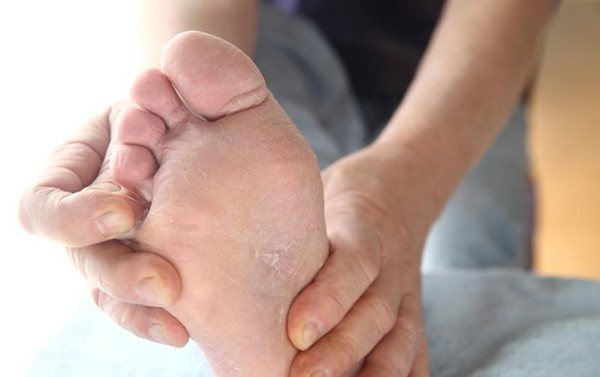Athlete’s foot, medically known as tinea pedis, is the fungal infection of the feet. The causative agent may infect any part of the foot, but the infection usually affects the area between the toes. Aside from these areas, tinea pedis is also common at the bottom of the foot.
Causes and Epidemiology
According to Health Line, athlete’s foot happens due to the growth of the tinea fungus on the feet. As per the publication, the fungus can be acquired through directed contact with an infected person. Also, one can get the fungus by touching contaminated surfaces. In microbiology, fungi thrive in warm and moist environments, so locker room floors, swimming pools, and showers are the most suitable environments for them.
As per EMedicine, tinea pedis is seen as the most common dermatophytosis in the world. According to the publication, 70 percent of the population will be affected by athlete’s foot at some time. This is irregardless of race, sex, and age. The infection is more common in men than in women and its prevalence increases with age, with puberty as the peak of infection.
Signs and Symptoms
Athlete’s foot presents a number of signs and symptoms. According to Medical News Today, the symptoms include itchy skin on the foot, along with itchy toes. Also, the skin becomes dry, flaky, red, and scaly. Moreover, they may be skin cracking, with oozing or crusting blisters.
Home Remedies
While antifungal medications are available for treatment of athlete’s foot, home remedies can also be done to combat the infection.
Yogurt
Yogurt is one of the remedies for athlete’s foot. According to Best Health Magazine, yogurt contains live acidophilus bacteria, which combat’s the fungi that causes the athlete’s foot. As per the publication, the yogurt is just dabbed on the infected area. Then, the area is aloowed to dry, before it is rinsed off. Also, the better practice is to use plain yogurt, and not the flavored ones.
Cornstarch
Using cornstarch is another way to manage athlete’s foot. According to Everyday Roots, cornstarch absorbs moisture, which is a suitable place for fungal growth. Thus, reducing moisture reduces the chances of fungal growth. As per the publication, the person may use half cup cornstarch, warm water, mild soap, a clean soft towel, and an oven. To prepare, an oven is preheated to 325 degrees. Next, half cup of cornstarch is poured on a plate; the amount is enough to cover both of the feet, before it is baked in the preheated oven for a few minutes, until be becomes light brown in color. The cornstarch can also be placed in a small cooking pot and is heated on a stovetop, stirring it until it becomes brown in color. Once done, the cornstarch is rubbed onto the person’s feet and toes and is left on for five to ten minutes, before it is wiped off with a clean towel. The hands are washed after applying and brushing off.
Oregano Leaves and Virgin Coconut Oil
Oregano and coconut oil are two natural remedies for athlete’s foot. According to Global Healing Center, four ounces of oregano leaves can be made into a tea, where the feet will be soaked for two to three times a day. Also, raw virgin coconut oil have antifungal properties that it can be directly applied to the feet. As per the publication, it can be swabbed on clean dry feet with a cotton ball two times a day.
Athlete’s foot is not as serious as asthma or cancer. However, it may affect a person’s level of comfort and performance of daily activities. Thus, it is vital to seek medical consult for proper assessment, planning, implementation, and advice.
